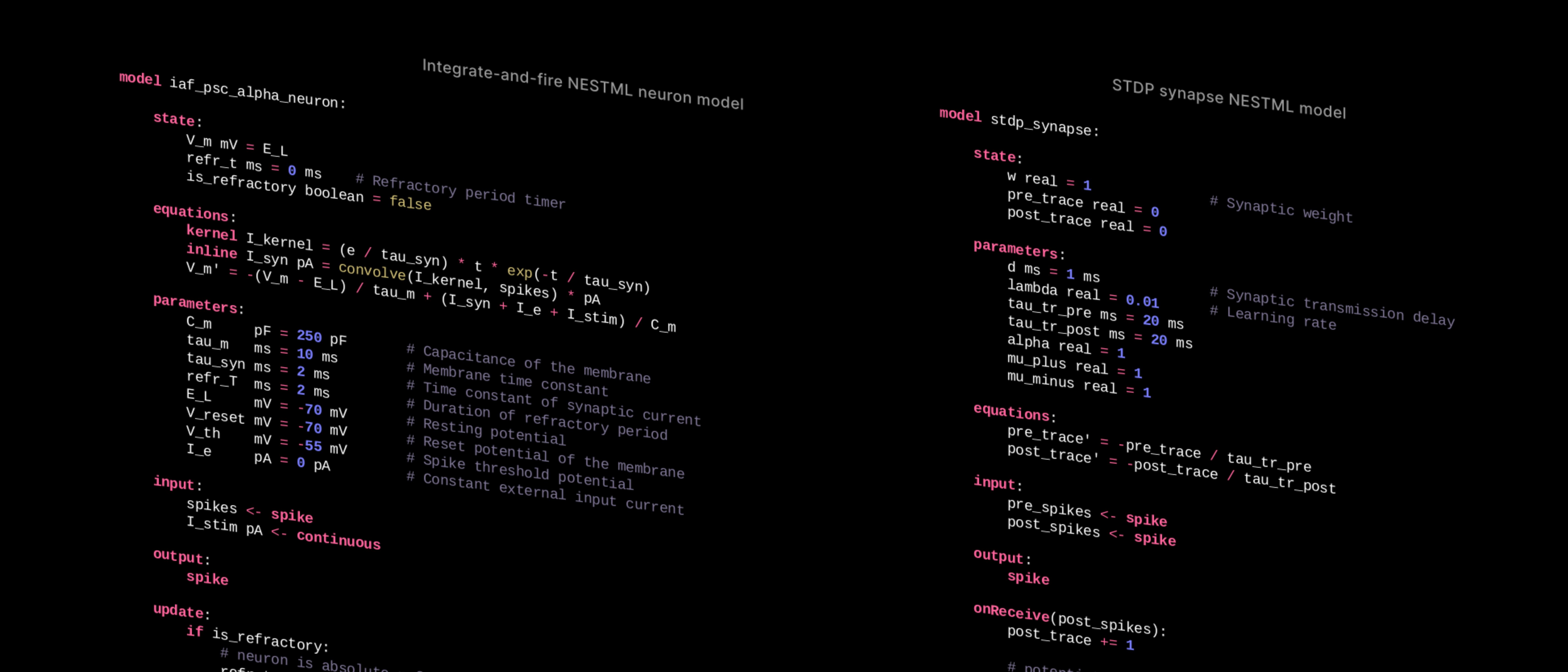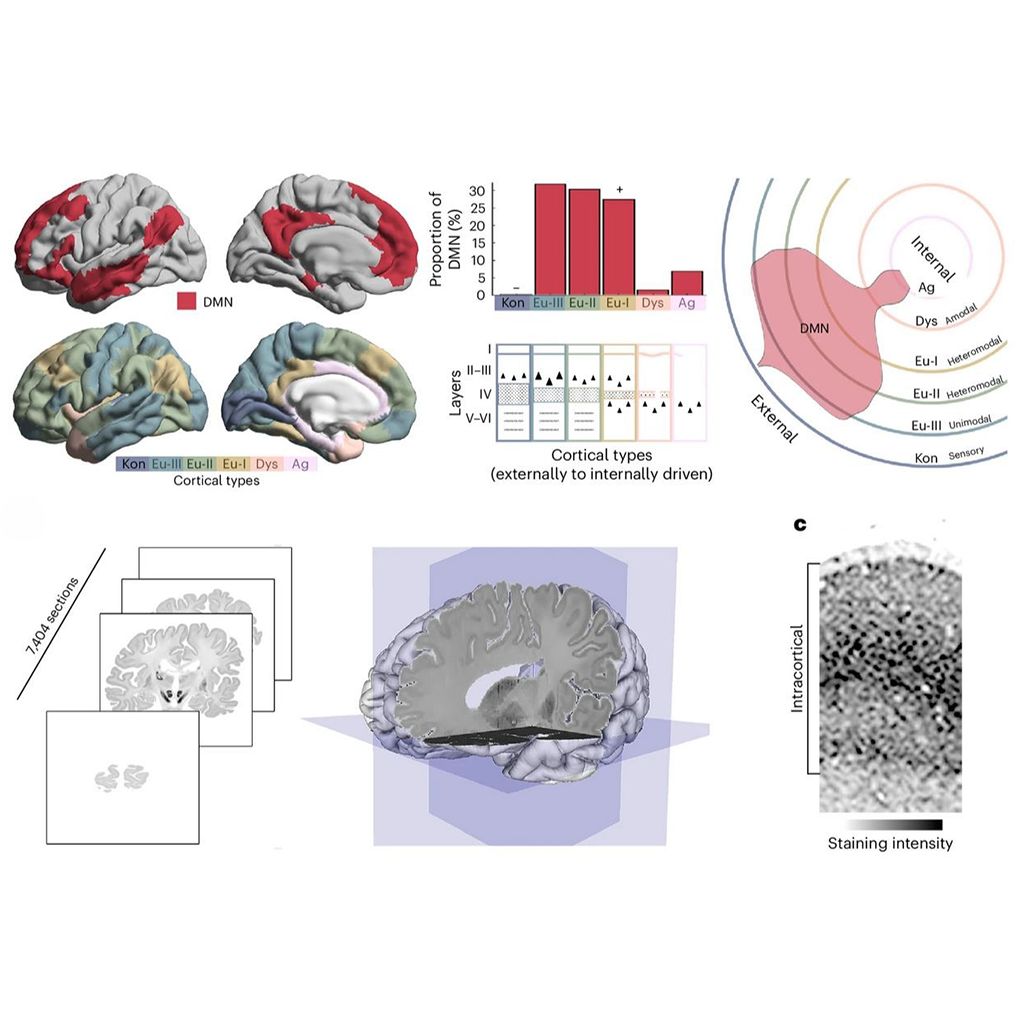
Comment in Nature Computational Science: Software in science is ubiquitous yet overlooked

Code from the neural network modeling software NESTML.
Software is an integral part of scientific research, yet its significance often goes unnoticed. From licenses and governance to infrastructure and usability, the multifaceted nature of software in research demands attention. In a joint article, philosophers and experts from different scientific fields, including computational neuroscience, now shed light on the intricate relationship between models, software, and computational science.
The authors emphasize the diverse situations involving software in computational science, highlighting the varying standards and approaches taken by software engineers and scientists. While software engineers often consider the needs of diverse users, scientists often develop software exclusively for their close collaborators. This disparity in approach adds complexity to the research software landscape.
Infrastructure also plays a crucial role in software projects, particularly when they involve or support entire communities. The long-term development and maintenance of these shared engines requires collaborative governance and funding beyond typical research grants. The authors stress the need for long-term investment in software maintenance, similar to traditional scientific infrastructure. To achieve this, science funding and policy actors must gain a better understanding of how software is made usable and for whom.
Furthermore, the article discusses how software embeds theory in scientific models. In computational neuroscience, formal specifications of neural network models are implemented as opposed to generic simulation engines. However, research software for neuronal network models can differ in the underlying concepts of connectivity, and different versions of software can lead to variations in models. Since for some investigations several software frameworks have to be combined, the authors emphasize a need for standardized ontologies and reference software implementations to ensure consistency and facilitate reproducibility.
Previously, researchers working in the Human Brain Project had analyzed these differences in connectivity models and proposed new guidelines for describing network connectivity. (September 2022 HBP scientists propose guidelines for describing network connectivity).
“The article presents a general perspective on scientific software by a diverse international group of philosophers and scientists. It comes to conclusions that greatly support the mission and methods of EBRAINS, which operates relevant scientific codes as infrastructure, maintains shared standards, and ensures the compatibility of different research software solutions in neuroscience."
Professor of Computational Neuroscience at RWTH Aachen University and Director of the Institute for Computational and Systems Neuroscience (IAS-6) at Forschungszentrum Jülich in Germany
The article is intended to serve as a starting point for a broader conversation about the significance of software in science, bringing together computational scientists, humanists, social scientists, developers, users, and maintainers. By exploring the tensions between different meanings of software, a more comprehensive understanding can be achieved.
Original Publication
Hocquet, A., Wieber, F., Gramelsberger, G. et al. Software in science is ubiquitous yet overlooked. Nat Comput Sci (2024). https://doi.org/10.1038/s43588-024-00651-2
News & events
All news & events
- News16 Apr 2025

